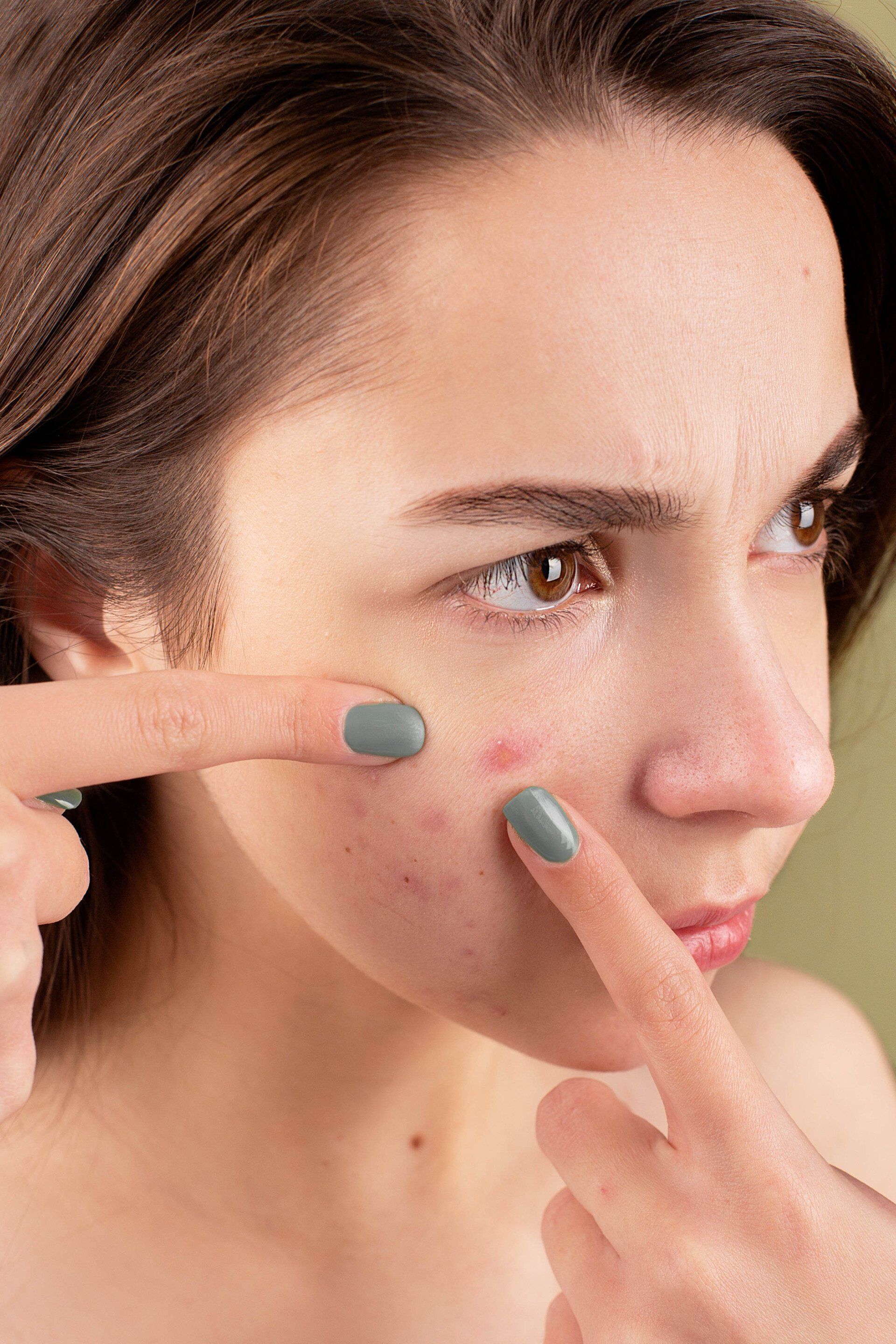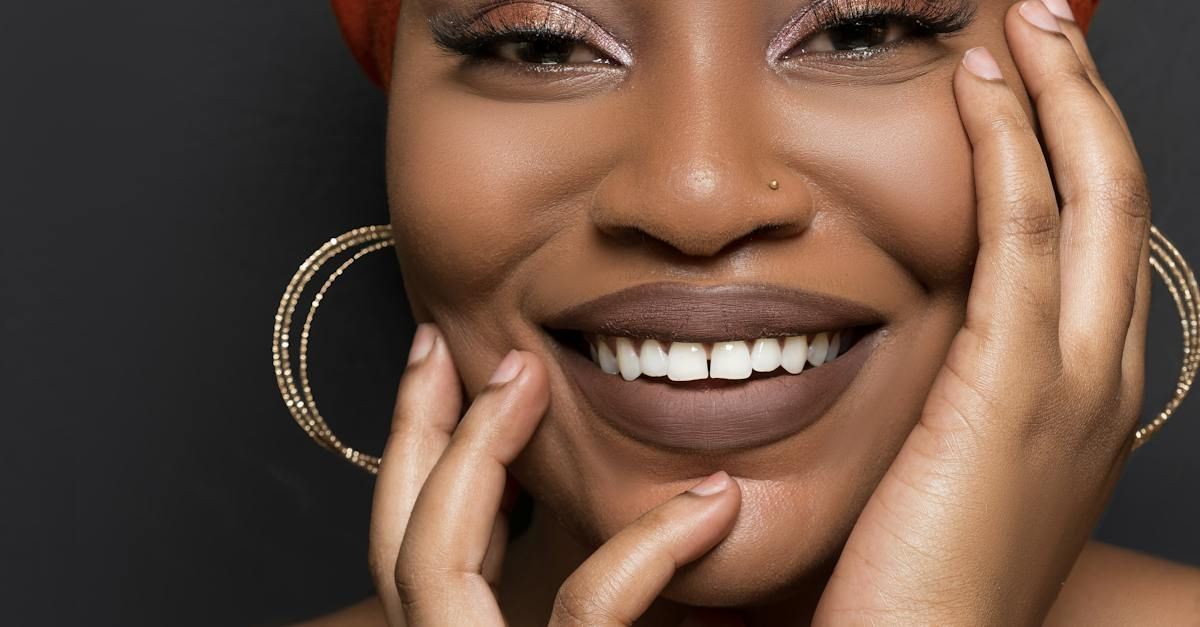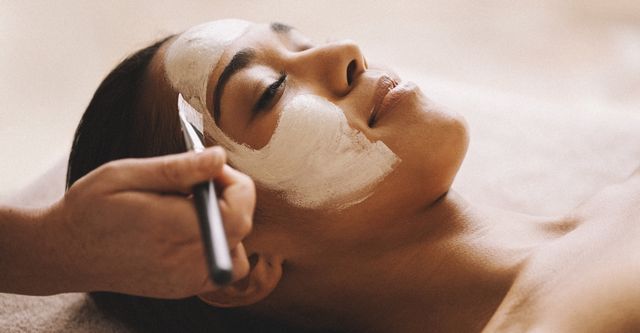Minimizing the Risk of Acne Scarring After a Breakout
Worse than dealing with acne itself is the scarring it can leave behind. Here’s a detailed guide on how to minimize the risk of acne scarring when dealing with a breakout.

Active Blemishes: Minimize Damage and Boost Healing
As tempting as it can be to pop that zit, picking is on elf the main causes of acne scarring from even minor blemishes. Any time you get that satisfying “pop” sound, you’re breaking the skin. This causes damage to the tissue that may not heal properly, and could result in scarring. Don’t over treat with drying acne products.
- The skin needs moisture to heal, so blasting your blemish with acids, benzoyl peroxide, scrubs, etc will just prolong the process.
- Instead, use a gentle cleanser with salicylic or mandolin acid to gently clear the skin. For raised/closed blemishes (called whiteheads or closed comedones), use a non-acid pimple patch. I personally really love the scarface patches, which are non-acid hydrocolloid patches that help heal the blemish. These are also great if you didn’t listen to my advice above and popped a zit; these patches will help heal. For blackheads or clogged pores, I love the Vivant Skincare mandolin serums to dissolve the clogs and keep new ones from forming.
- Use a hydrating serum with niacin amide to support healing and reduce redness and inflammation. I’m working on a formula for this - stay tuned!
- Come in for a facial acne treatment. Professional extractions are the best way to quickly clear the skin and support healing.
Post-Blemish Care to Treat PIH:
After the blemish itself has subsided, the skin is sometimes left with a flat/shiny area of discoloration on the skin. It can appear white, pink, red, purple, brown, or black, depending on your skin tone and the depth of the discoloration, and can remain there long after the initial trauma (blemish) has recovered.
Known as PIH, or post-inflammatory hyper pigmentation, these marks can develop in all skin tones and types, but tend to be more sever and longer-lasting for people with medium to dark complexions. The good news is that PIH isn’t technically a scar, because it doesn’t actually result from damage to the follicle and deeper layers of the skin. However, it can take a long time to resolve, looking not so cute in the meantime. Here are some tips to help fade PIH more quickly and reveal healthy, clear skin.
- Avoid sun exposure and always wear a good SPF. PIH is more sensitive to UV rays and can be worsened/darkened by sun exposure, which will further damage the skin and prolong the healing process. Keep covered with a physical SPF of at least 30, and avoid direct sun exposure on the affected areas.
- Exfoliate. Boosting cell turnover will help remove the damaged/discolored cells, revealing healthy skin more quickly. Retinols and Alpha Hydroxy Acids (mandelic acid is my favorite!) are great options to boost surface cell turnover.
- Use pigment reducing, brightening ingredients like Vitamin C and niacinamide to minimize melanocyte activity and help fade dark, uneven pigmentation.
- Hydrate! Hydrated skin is healthy skin, and will better support the exfoliation and healing process. Ingredients like Hyaluronic Acid and Urea help to support hydrating and restoring the skin’s barrier.
Treating Pitted Scarring
Even after taking the best care of your skin, you can still end up with acne scarring. It's an unfair truth, but don't fret! Acne scarring is not impossible to fix. Microneedling and chemical peels are fantastic solutions to minimizing pitted scarring with minimal downtime and risk.
For more severe scarring, there are medical options that include laser, subscision, punch excision, and filler.
Acne happens, but scarring doesn't have to.
With these tips, you should have a good game plan to help effectively treat your acne and minimize the risk of scarring, too! Want an individualized plan?
Book an acne treatment or virtual consultation today.








